Exploring the night sky
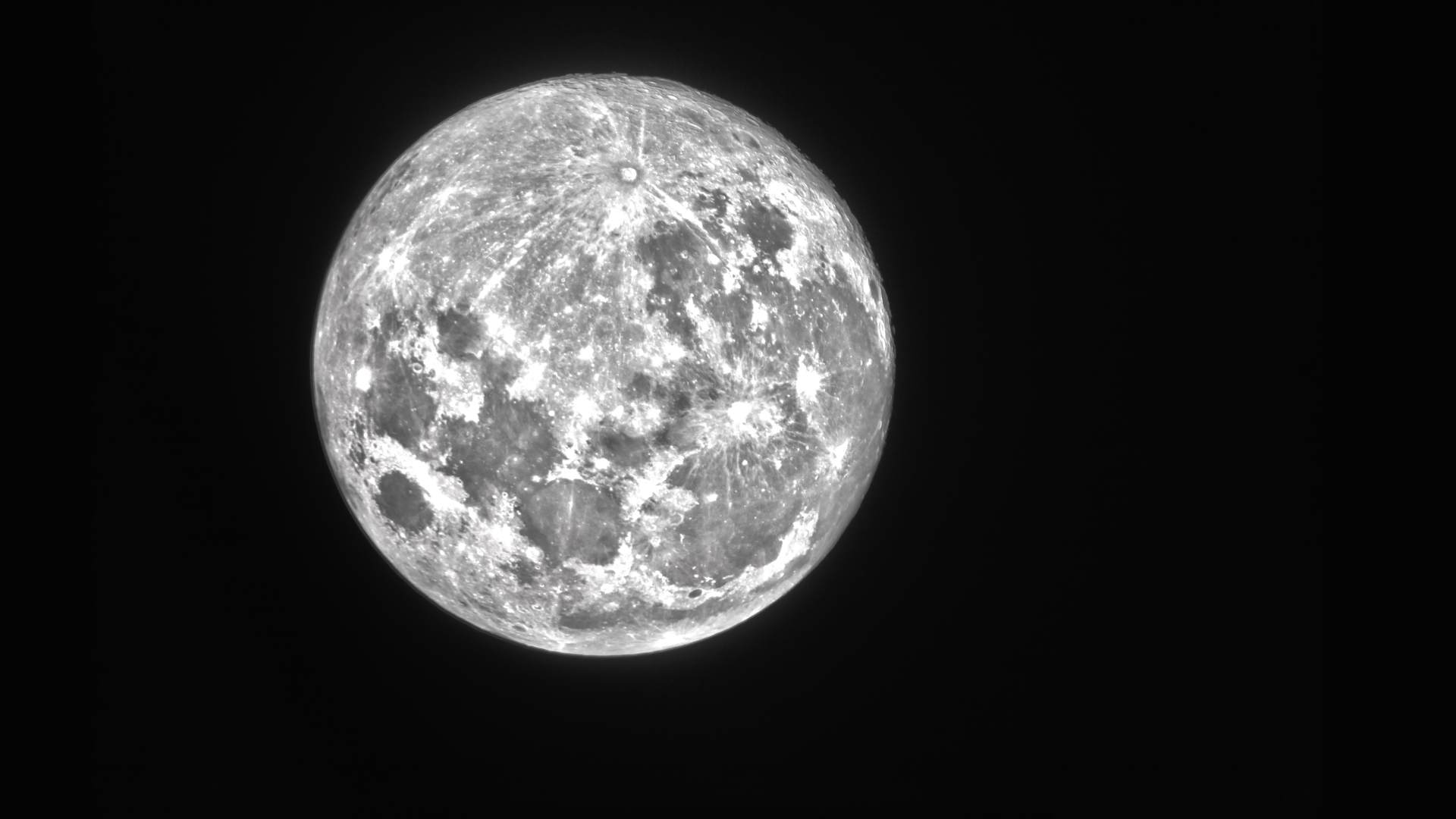
Felix Chun Pong Lau, a KAUST Ph.D. student and a member of the University's Amateur Astronomy Association, took this image of the moon in 2013 during one of the group's events. Photo courtesy of Felix Chun Pong Lau.
By Caitlin Clark and David Murphy, KAUST News
"It's amazing when you're able to look through the lens of a telescope and observe objects that are millions of miles away—objects we usually only see in textbooks or on the internet," said KAUST Ph.D. student Daniel Corzo, the head of the University's Amateur Astronomy Association (AAA), a KAUST graduate student-led group sponsored by Graduate Affairs.
Corzo and his fellow stargazing enthusiasts assemble to use the group's 8-inch Meade LX200 and Vixen VC200L telescopes, which feature automatic positioning, and binoculars to look at the sky. Their night sky observation events have taken them in search of low light pollution areas where they may see the stars more easily.
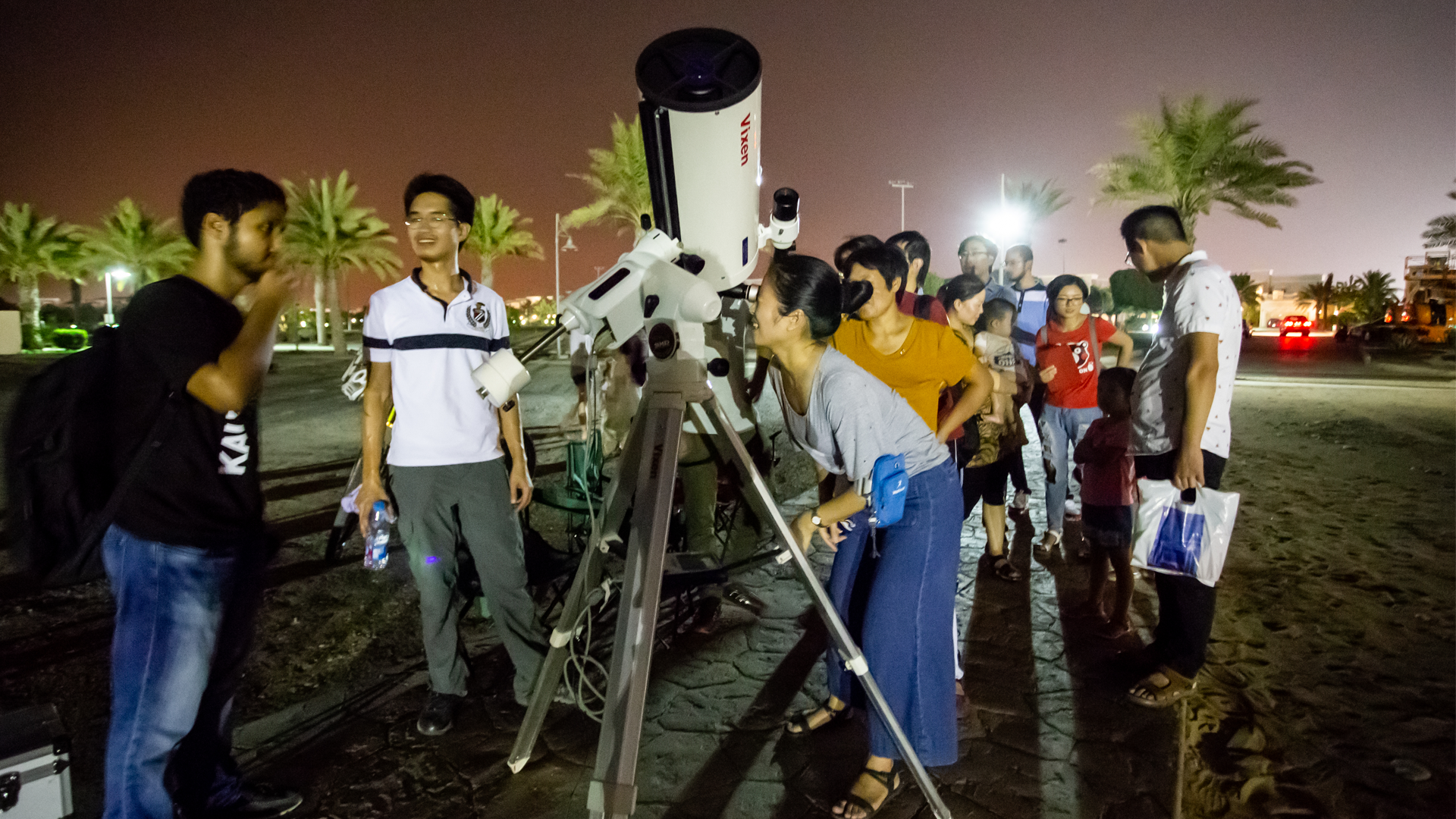
In September 2017, the KAUST Amateur Astronomy Association hosted a Saturn observation event for community members to view the planet and its rings and satellites through the group's telescopes. Photo courtesy of Felix Chun Pong Lau.
"It's a magical moment for us when the Milky Way comes into plain view," Corzo said. "Stargazing is such an incredible activity. All of us in the group want to learn about things beyond our own planet—I think these are things we often forget about or take for granted. During our events, we are able to observe things that often go unseen."
Reaching new places
Corzo's interest in the stars came from his family's outings to the National Aeronautics and Space Administration's Lyndon B. Johnson Space Center in Houston, Texas, U.S., where his family lives. Established in 1961, the Space Center consists of a $1.5 billion complex that is home to mission control for International Space Station operations and the U.S. astronaut corps and a hub for research in advanced human exploration programs.
"I always enjoyed visiting the ships and exhibitions at the Space Center," noted Corzo. "Literature—like the science fiction novels by Isaac Asimov—also played a huge role in piquing my interest and made me wonder about the places humankind could reach."
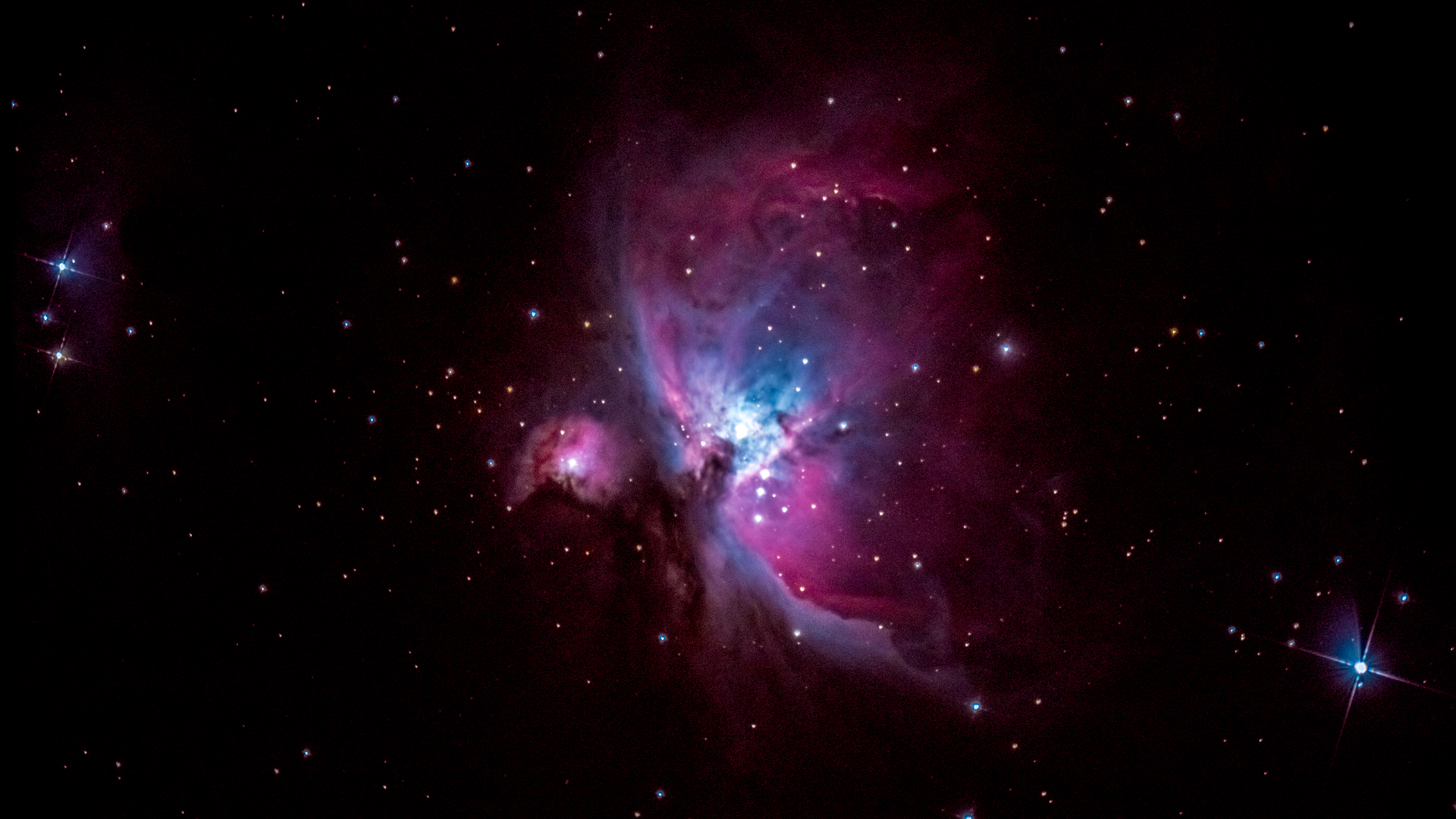
Members of the University's Amateur Astronomy Association took this beautiful image of the Orion Nebula (M42), one of the brightest gas nebulae in the sky. 'It is the birthplace of a new stellar cluster and contains many very young and unborn stars,' noted group member Felix Chun Pong Lau, a KAUST Ph.D. student. Photo courtesy of Felix Chun Pong Lau.
Corzo found out about the AAA when visiting one of the University's Orientation Expos during his first semester on campus as a master's student.
"They had one of the telescopes up and some photographs on display, and I started attending a few of their observations," he said. "During all of the observations we have, plenty of community members take part—students, staff and even kids."

The University's Amateur Astronomy Association held an event for community members in 2011 to look at the sky through the group's Vixen telescope. Photo courtesy of Paul Bennett.
The changing sky
An observation begins for the group with a description of how to set up the telescopes, how to align them and how to spot objects in the sky.
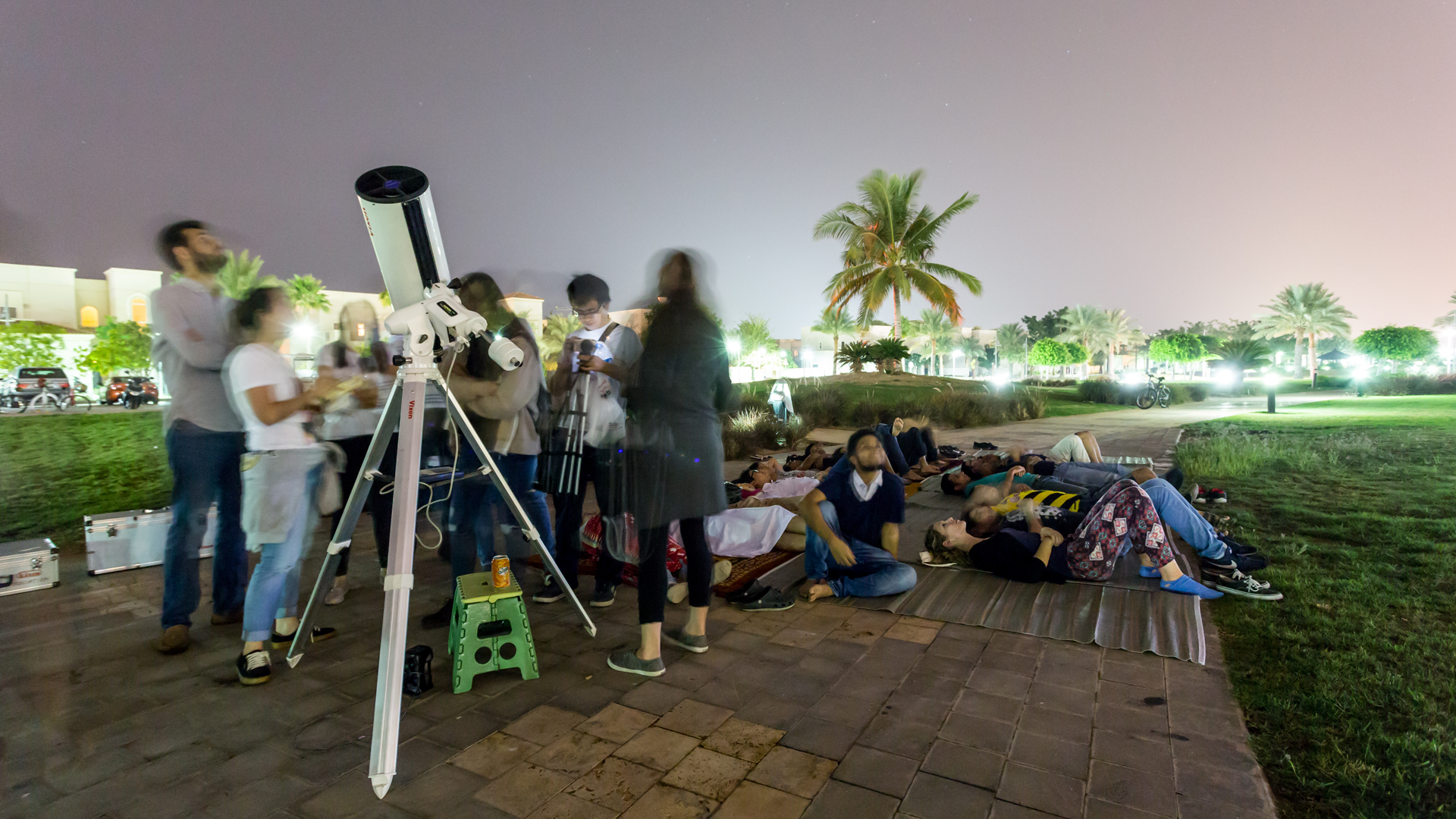
In December 2017, the KAUST Amateur Astronomy Association held an event for the community to observe the spectacular Geminid meteor shower at the University's Thuwal Park. Photo courtesy of Felix Chun Pong Lau.
"We talk about the object we're about to observe and point our telescopes at it. We then just let the crowd look through the lens and enjoy the show," Corzo explained. "We change from object to object, depending on what's observable on a specific night of the year.
"Our planet turns on its axis as well as around the sun, and depending on the orientation, the night sky is different, changing as it moves. This is the reason different constellations may only be viewable from the Northern or Southern hemispheres, or why some may disappear from the horizon at specific times, or why we have meteor showers during different times of the year."
"We must take into account that the Earth is part of a greater system, and any event occurring outside of our planet can also affect us," he said.
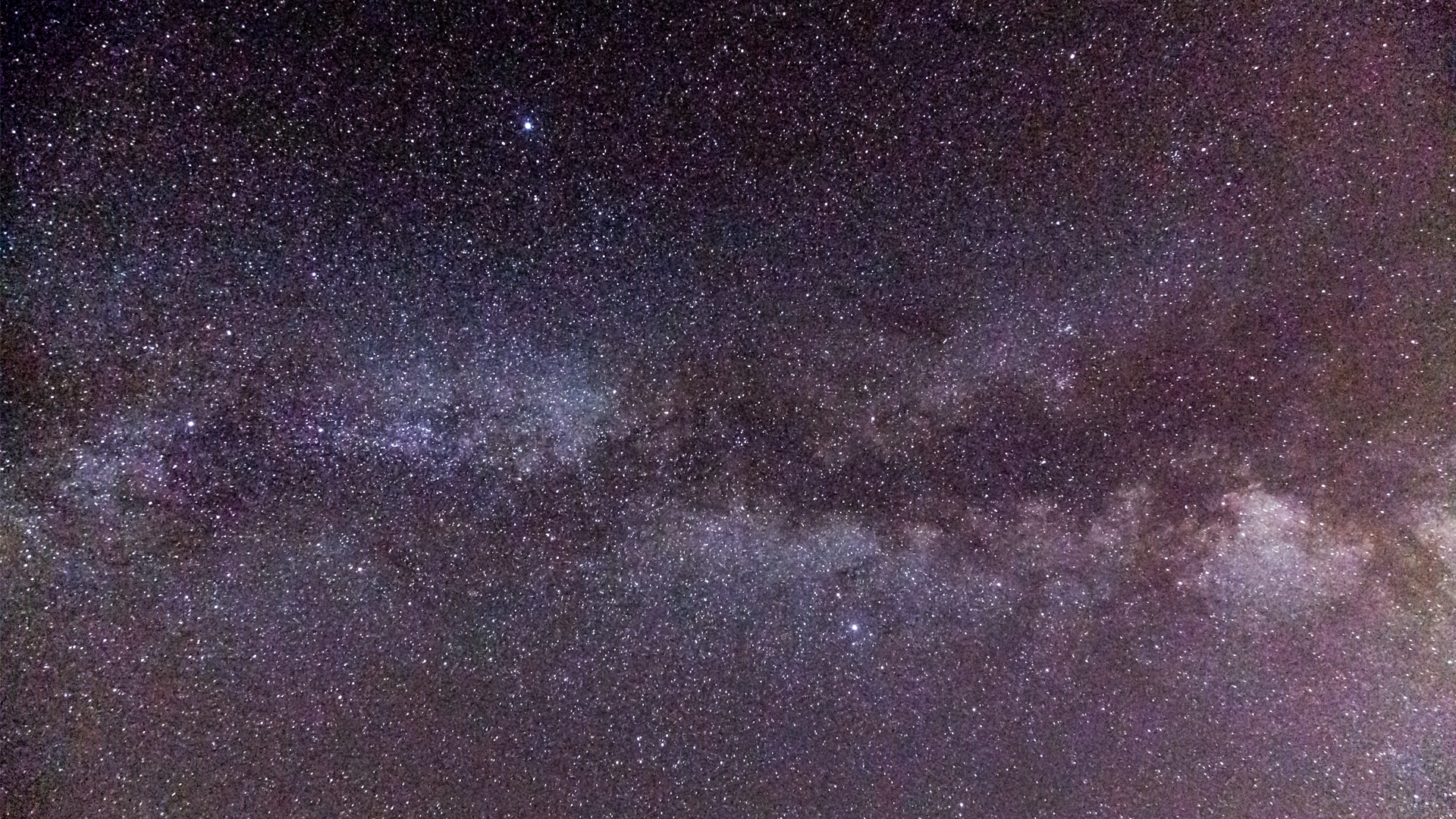
KAUST Ph.D. student Felix Chun Pong Lau, a member of the University's Amateur Astronomy Association, took this stunning photograph of the night sky during one of the group's events. Photo courtesy of Felix Chun Pong Lau.
Corzo, his AAA fellow officers and the University's Graduate Affairs team are working to set up more stargazing events for the future.
"I believe that exploring the universe and looking beyond our horizon is a feeling that unites us all," he said.
To join the Amateur Astronomy Association, please contact Daniel Corzo at daniel.corzo@kaust.edu.sa.

